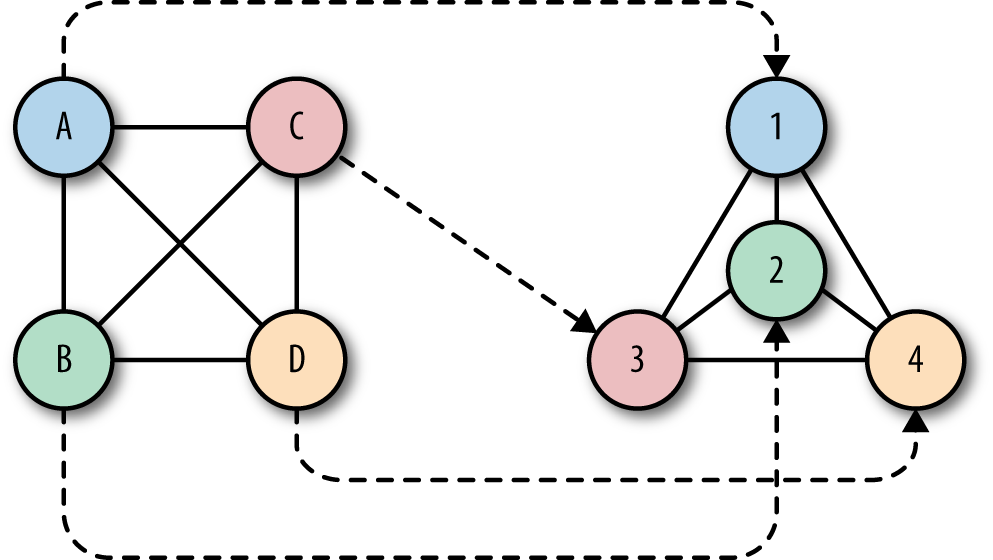Chapter 3. Different Categories of Isomorphic JavaScript
Charlie Robbins is commonly credited for coining the term âisomorphic JavaScriptâ in a 2011 blog post entitled âScaling Isomorphic Javascript Codeâ. The term was later popularized by Spike Brehm in a 2013 blog post entitled âIsomorphic JavaScript: The Future of Web Appsâ along with subsequent articles and conference talks. However, there has been some contention over the word âisomorphicâ in the JavaScript community. Michael Jackson, a React.js trainer and coauthor of the react-router project, has suggested the term âuniversalâ JavaScript. Jackson argues that the term âuniversalâ highlights JavaScript code that can run ânot only on servers and browsers, but on native devices and embedded architectures as well.â
âIsomorphism,â on the other hand, is a mathematical term, which captures the notion of two mathematical objects that have corresponding or similar forms when we simply ignore their individual distinctions. When applying this mathematical concept to graph theory, it becomes easy to visualize. Take for example the two graphs in Figure 3-1.

Figure 3-1. Isomorphic graphs
These graphs are isomorphic, even though they look very different. The two graphs have the same number of nodes, with each node having the same number of edges. But what makes them isomorphic is that there ...
Get Building Isomorphic JavaScript Apps now with the O’Reilly learning platform.
O’Reilly members experience books, live events, courses curated by job role, and more from O’Reilly and nearly 200 top publishers.

